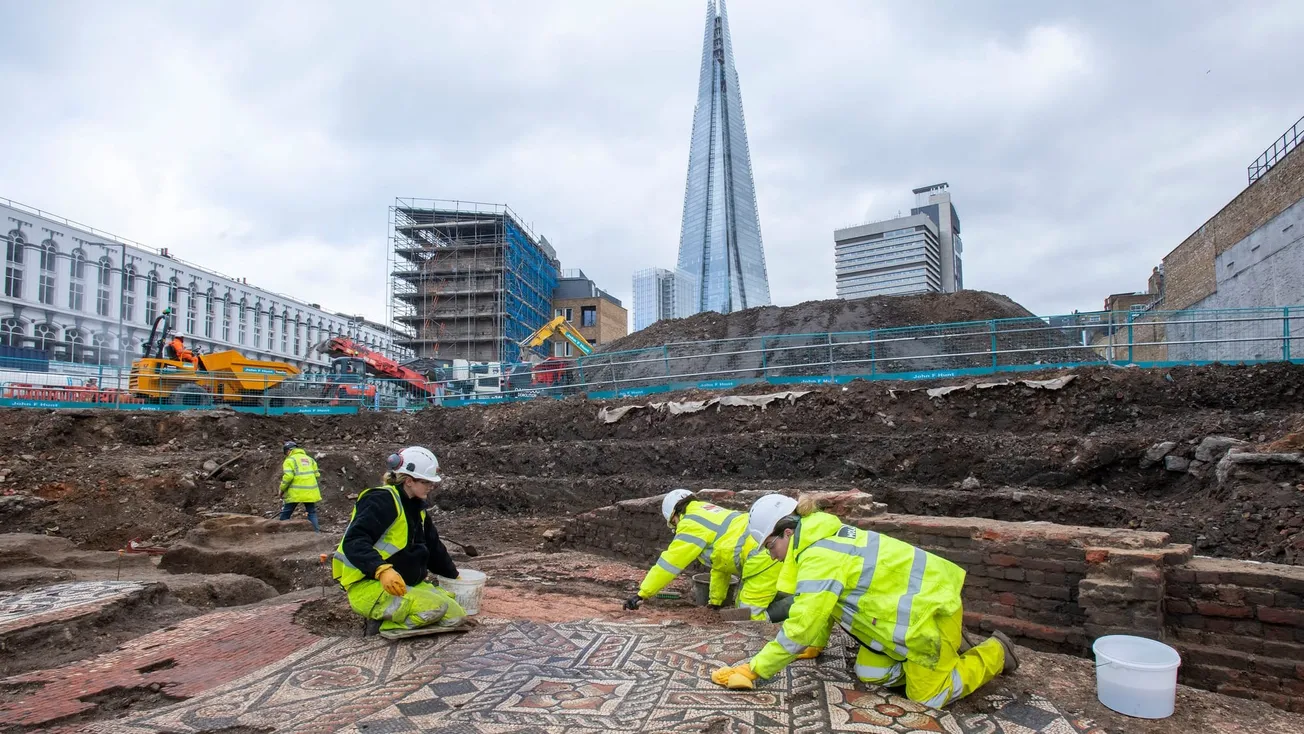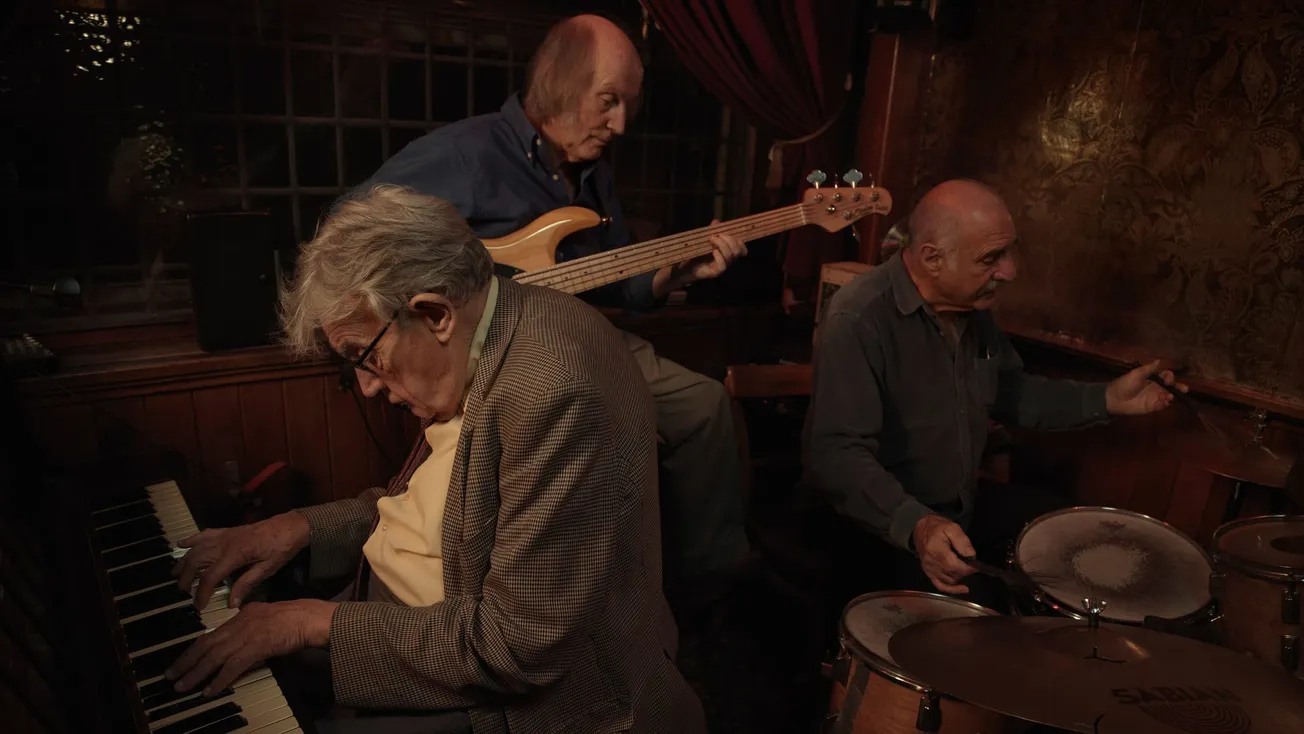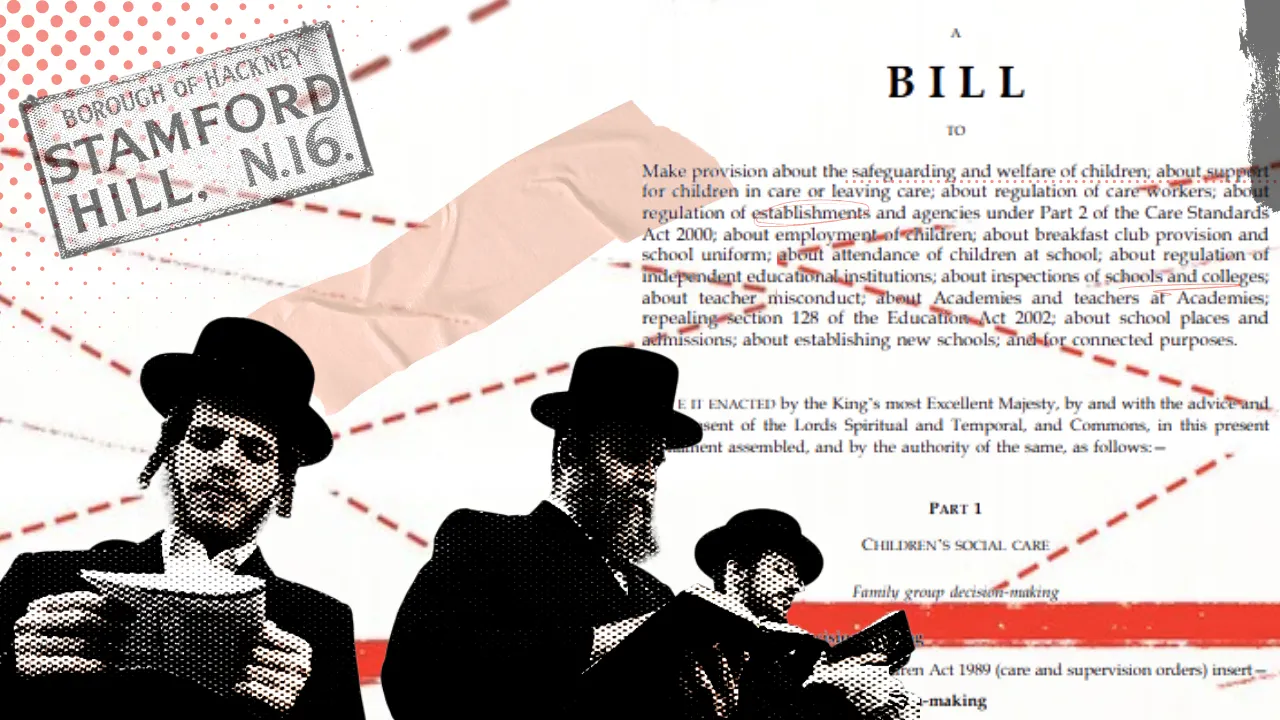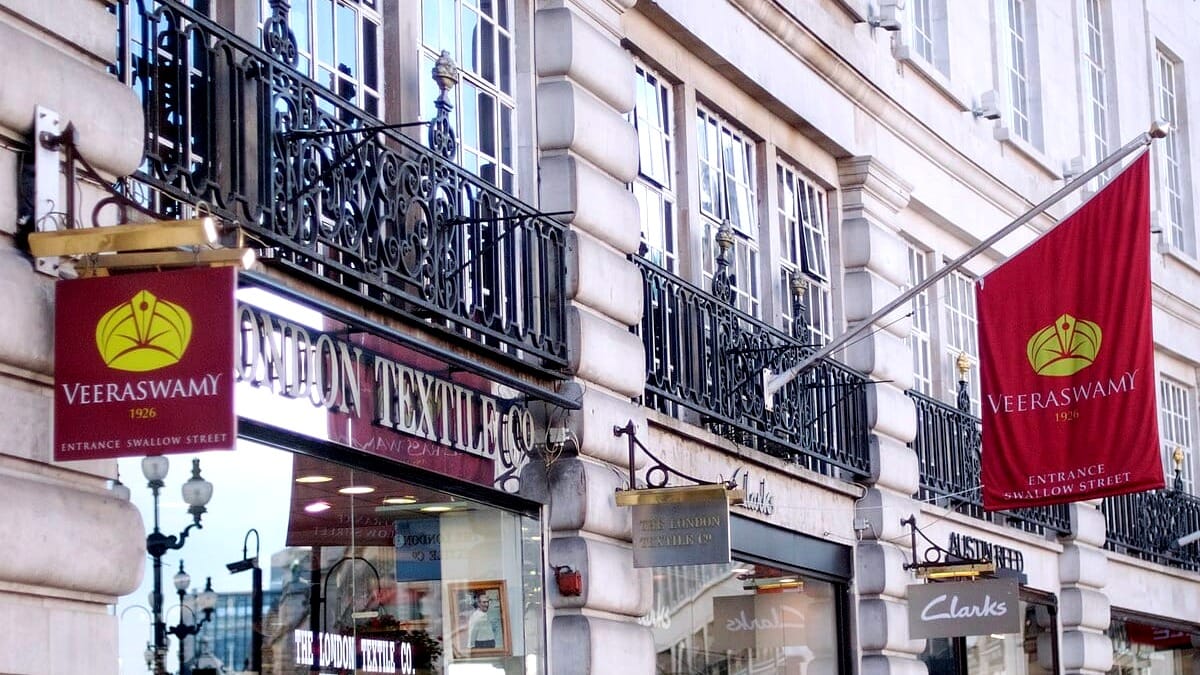Dear Londoners — welcome to the start of a new week. Sure, it’s slightly cloudier than it has been, but after the weather this weekend it seems a little churlish to complain. Its hard not to miss the heat, though: the sun always has a way to bringing out the best in the city’s (sometimes grim-faced) residents — although certain poorly behaved Boat Race fans seem not to have got the memo…

In today’s Monday briefing, we go deep on the beef between classic London restaurant Veeraswamy and the sovereign, as well as recommendations for the city’s best places to eat, drink and have fun.
If you haven't already, you can become one of our founding members by subscribing to The Londoner with our forever 20% early-bird discount. Click here to forever get an annual membership for the discounted price of £71.20, or click here to forever get a monthly membership for £7.16. Hurry though — this offer lasts only until the end of April.
Big story: Why is the Crown Estate evicting one of London's most famous restaurants?
Topline: Veeraswamy has been open since 1926, making it the oldest Indian restaurant in the country. But now it’s facing closure at the hands of its landlord, the Crown Estate, thanks to a dispute over a space the size of a prison cell.
Context: The Sunday Times reported that the Regent Street restaurant has been refused a renewal of its lease by the Crown Estate, who claim that they need to take back the restaurant in order to redevelop the reception space in the offices they own above. This would involve knocking down the wall of the restaurant and erecting a new one in order to expand the reception space by… 11 sq metres. “I think they’ve come to the view that it’s too tiresome having a restaurant there, they want it to be all offices,” 81-year-old Ranjit Mathrani, who co-owns the restaurant, told reporters. If they can’t find a new space by their eviction date in June, Veeraswamy may be forced to close permanently.
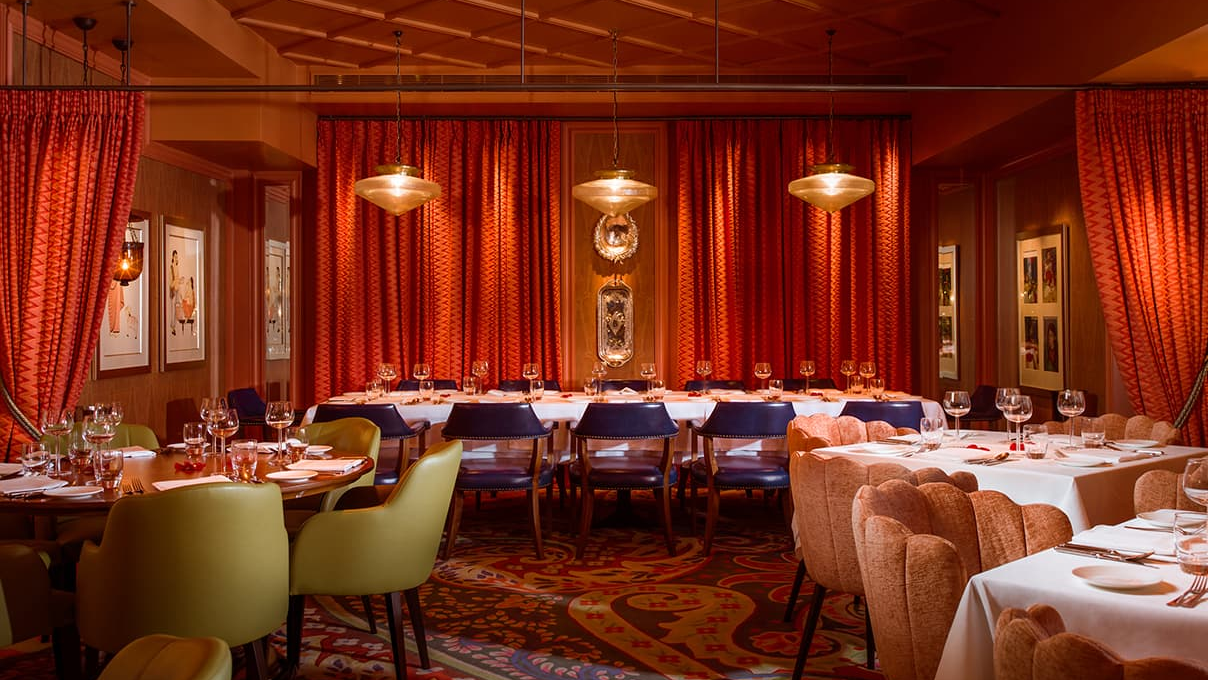
How is the King involved: The Crown Estate is the commercial landlord for land owned by the Crown all over the country, from office blocks and iconic London streets like Regent’s Street to the entirety of the seafloor in all of the UK’s territorial waters. While its day-to-day operations are run independently of the royal household, the revenue it makes is what pays for the royal’s Sovereign Grant from the government, which paid out a whopping £132.1m to the royals last year.
How much of London do the royals own?: The Crown Estate owns some 10 million square feet of property across the West End alone, including the whole of Regent Street and around half of St James’s. The dispute over Veeraswamy is far from the first controversy concerning the monarchy’s land ownings in the capital. In the past, they have been criticised for buying tens of millions of pounds of property from Azerbaijan’s multimillionaire ruling Aliyev family — which has faced repeated corruption accusations. The Crown Estate has also faced controversy for receiving hundreds of thousands of pounds in housing benefit payments from some of its destitute tenants.

The controversy runs deeper: The Crown Estate isn’t the only vehicle the monarchy has for its land holdings in the capital. Through the duchies of Cornwall and Lancaster, King Charles and Prince William are able to make £50m from their role as the landlord for a swathe of public services and charities, from Guy’s and St Thomas’ NHS hospital trust to dozens of pubs and state schools.
Your news briefing
📱Rail minister (and former TfL commissioner) Lord Peter Hendy reported himself to the police last weekend after being spotted using a phone while driving a vintage Routemaster through the capital during a charity tour in March. The case had been closed by the Met due to insufficient evidence, but Hendy’s conscientiousness is now expected to result in six points being added to his driving licence, as well as a fine.
🎨Last weekend, Mayfair’s Kallos Gallery withdrew a 2595-year-old Greek jar from sale after finding that it had links to Giacomo Medici, a smuggler convicted in 2004 for dealing stolen artefacts. In a recent statement, the director of Kallos assured the public that the gallery has “absolutely no interest in handling tainted artworks.” The Dutch police have been notified.
🦇 In a slightly surreal turn of events, the Met Police have taken to cosplaying as Batman and Robin in their pursuit of the cup and ball game scammers who target tourists on Westminster Bridge. However, for Inspector Watson, responsible for policing in the area, the costumes allowed inspectors to get close without being recognised.
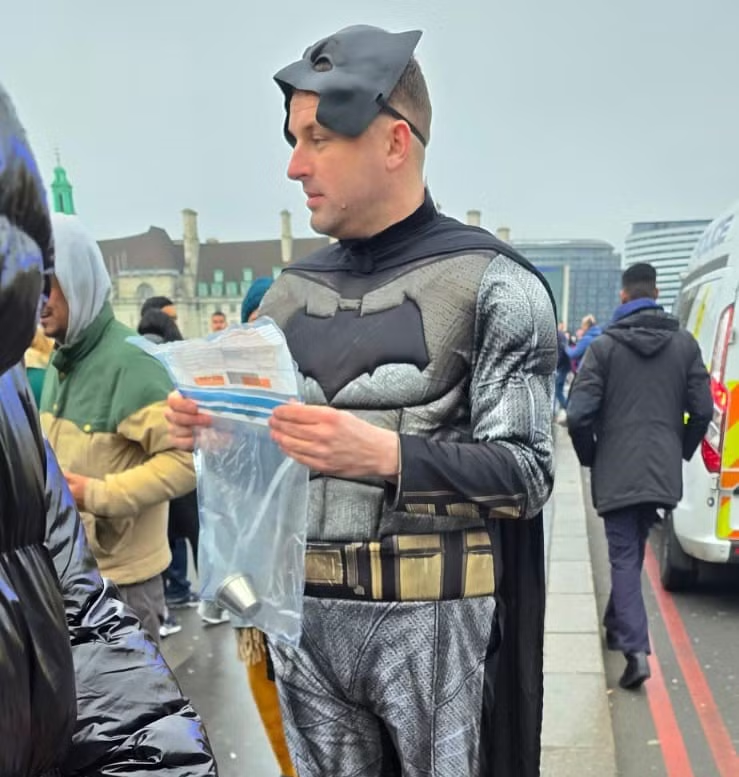
🏠 Tenants of the Nag’s Head Estate in Bethnal Green have complained of being treated like “peasants” by landlords Peabody, one of London’s largest housing associations. Residents have sought the help of lawyers and health workers from the charity Medact, after widespread problems with mould and damp have gone unresolved for years.
Got a story for us to look into? Please get in touch.
Tell us about it...
Really to spill? Come slip your secrets into our new gossip box: the horrible boss at the bar you work at, the beef brewing at your law firm, the spat in the WhatsApp group for your kids' school. Don't worry, it's strictly confidential…
Catch-up and coming up
- Lost in the rhythm… on Saturday, Killian Faith-Kelly pulled back the curtain on the unsung stars of the Palm Tree’s jazz band. The duo never meet outside of the iconic East London pub, but they've been the centrepiece of its packed jazz nights for three decades.
- Civil war in Stamford Hill? Miles Ellingham investigated a growing fracture in one of London’s most insular religious communities. For decades, Stamford Hill has been home to one of the UK’s biggest Orthodox Haredi Jewish communities. Now the government is intervening in the area’s religious schools amid reports children speak little English and don't learn the secular curriculum.
- Help with our investigation?... Are you part of London’s rowing community, know anyone who is, or have otherwise had bad experiences with sewage/pollution in the Thames? Email andrew@the-londoner.co.uk.
Wining and dining
With endless offerings and non-stop openings, we all know that deciding where to eat and drink in the capital can be fraught. We want to make it easy — so every week, we’ll give you our insider guide to the city’s best spots.
One perfect meal: At Manteca, chef and restauranteur David Carter built not simply a restaurant, but a phenomenon (where else has a dish so beloved that you can buy a T-shirt with it emblazoned on the front?). With Borough Market’s Oma, he looks set to repeat the magic, with its unique fusion of Ionian, Balkan and Levantine fare — think spanakopita gratin and malawach, or ajvar and mizithra spread — having fast made it one of the capital’s must-visit spots. But since it was awarded a Michelin star in February (the first Greek restaurant in the UK to claim the honour), Oma has been nigh impossible to get into. If you can’t be bothered to wait months for a table, head downstairs to sister restaurant Agora.

Taking its cues from the street food of Athens, Agora is both cheaper and more informal than its sibling. The atmosphere is bustling a tad frenetic, with unfussy dark wood benches and high stools at the counter, and the food is made for sharing: chard borani and ezme salata designed to be scooped by slabs of wildfarmed flatbread; braised cannellini beans; pork souvlaki skewers. Pair with a basil daiquiri (at £9, surely one of the cheapest in the area) and get ready to get your fingers messy.
One perfect drink: Dalston’s Latino Hits isn’t a particularly upmarket bar — its cocktails are made with a distinctly ‘hostel party’ haphazardness and the decor is a little garish, from the bar painted with monstera leaves to the walls covered with fluorescent peace signs and murals instructing punters to ‘be kind’. But it’s invariably a huge amount of fun, especially in warm weather, when everyone packs onto the benches that line the alleyways coming off Stoke Newington Road to swig two-for-£10 margaritas.
Things get rowdier at the weekend, as people crowd inside to gyrate to the reggaeton and bachatón blaring from tinny speakers. But there are more sedate nights to be had at Latino Hits too, with Wednesday salsa caleña nights for beginners and improvers.
Our favourite reads
Part 2: A year of Wooden City — Isaac Rangaswami, Wooden City
Over the past few years, Isaac Rangaswami has become London’s go-to caff correspondent. It’s been six years since Rangaswami launched the Instagram page @caffs_not_cafes, a celebration of authentic, affordable grub from around the city. In 2024, he launched an accompanying newsletter and, for the site’s one year anniversary, he’s written a list of his 15 favourite places so far. The list contains gems such as the River Cafe (no, not that one) and the Cock Tavern.
The Man Who Lives Inside His Dreams — Joe Zadeh, Vice
Back in 2018, Vice writer Joe Zadeh went to visit one of the capital’s most beguiling residents: Stephen Wright. Nestled on a sleepy East Dulwich backstreet, Wright is the owner and creator of the House of Dreams. Filled with “sculptures, mosaics, paintings, writings and collages, and gathered thousands of recycled objects”, the house is at once his home, an outsider art installation and a deeply personal tribute to his late partner, Donald.
To Do List
🖼️ In a world where any meaningful distinction between the physical and the online self has long since dissipated, Ed Atkins’ brilliant new Tate Britain retrospective asks us to consider whether technological representations can ever truly convey humanity. Throughout his work, Atkins uses CGI figures — each more advanced than the last — to explore the fissure between realism and emotional truth. The result is a push-and-pull of intimacy and detachment that keeps us constantly questioning — and one of this year’s best exhibitions.
🎭 Theatres outside of the West End get remarkably less attention than their more central counterparts. Often that means their productions go less noticed as a result. Not so for Speed, a new black comedy set in a speed awareness course from lauded early career playwright Mohamed-Zain Dada airing at the Bush Theatre in West London. It flips an otherwise everyday experience set in a nondescript basement in Birmingham into a grand, surreal narrative about authority, anger and multiculturalism.
From the archive
Footage courtesy of dorlec01/BBC via YouTube
A city of constant change and redevelopment, London is forever being demolished and resurrected — and perhaps no symbol of this is as potent as the redevelopment of of its 1960s tower blocks. This 1980s BBC report on the demolition of the gigantic Trowbridge Estate in Hackney is a fascinating insight into what East End life was like before hyper-gentrification kicked in.
Thanks for reading today's story. You can now become a paying member of The Londoner, giving you access to all of our members-only stories. Until the end of April, we're running a forever 20% early-bird discount on memberships. So if you become one of our early backers, you'll always get 20% off your subscription, as an eternal gesture of thanks for your faith in us. Click here to get an annual membership for the discounted price of £71.20, or click here to get a monthly membership, discounted to £7.16. Thanks for your support.

Comments
How to comment:
If you are already a member,
click here to sign in
and leave a comment.
If you aren't a member,
sign up here
to be able to leave a comment.
To add your photo, click here to create a profile on Gravatar.


